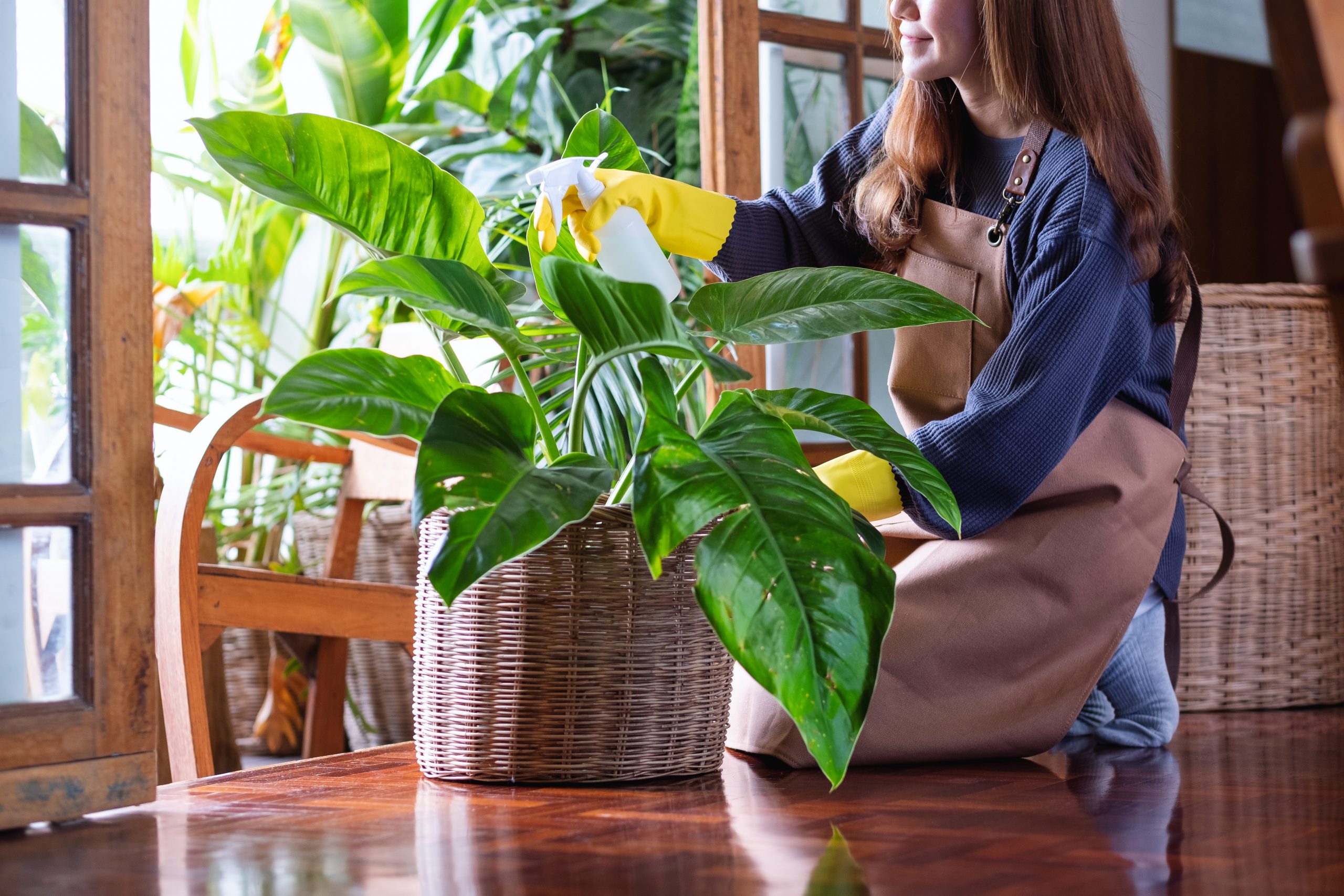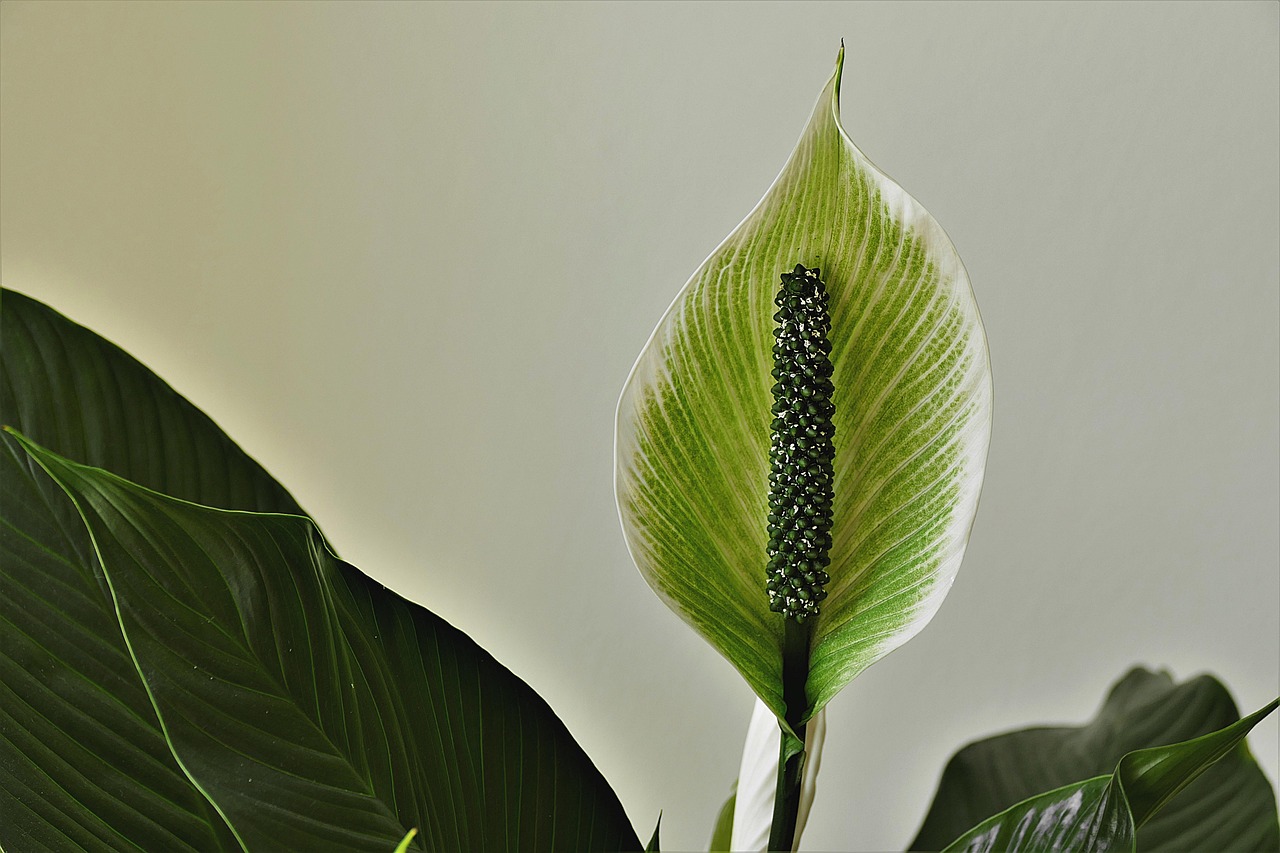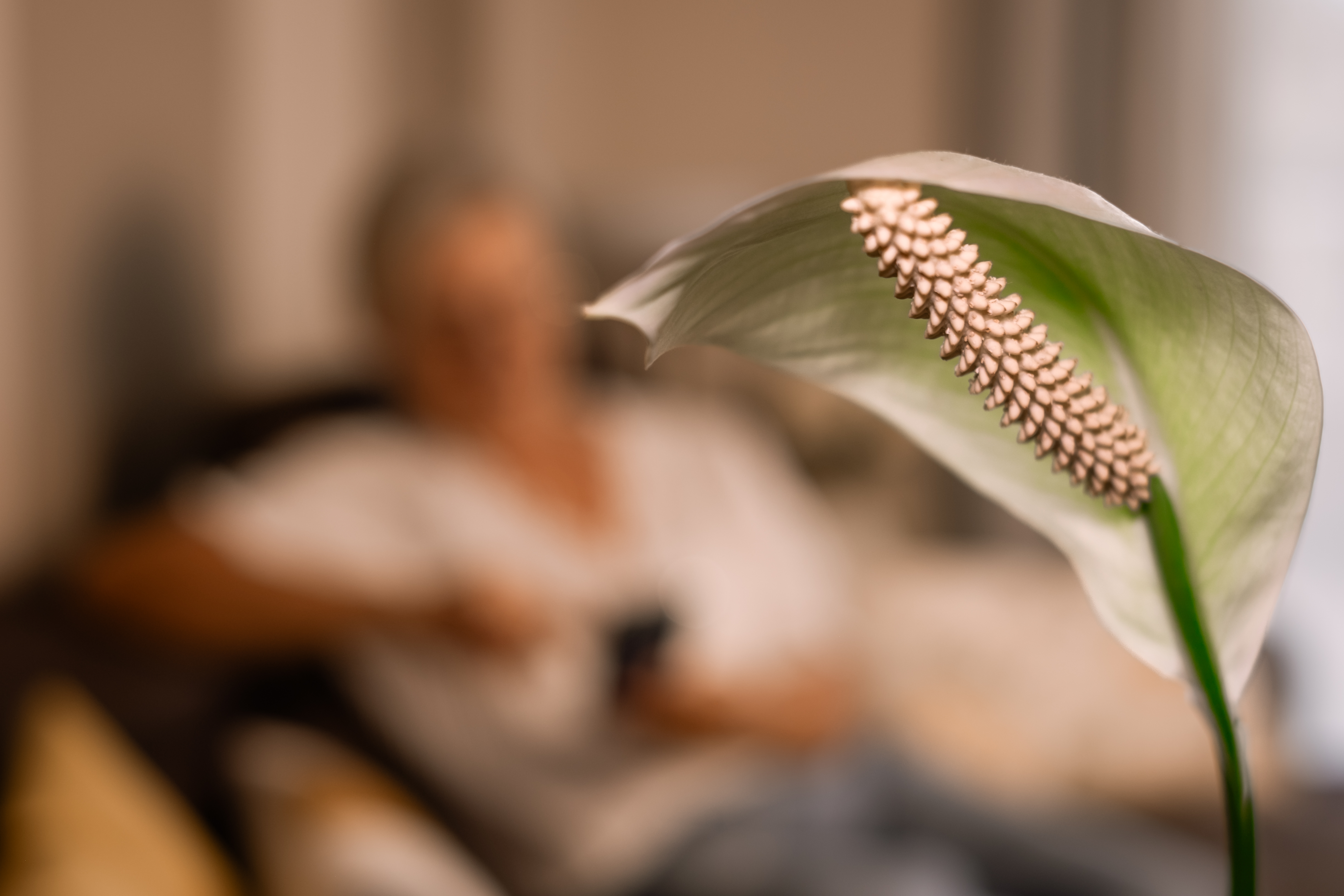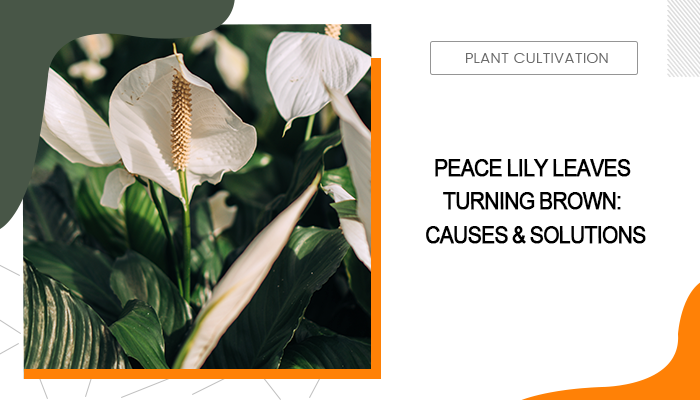The peace lily, a symbol of tranquility and purity, is a favored choice for interior decoration. Its lush green leaves and occasional white blooms add a touch of elegance to any space. However, the appearance of brown leaves can be disheartening for plant lovers. Why is my peace lily leaves turning brown? This detailed guide explores the causes as well as solutions for brown leaves in peace lilies, ensuring your plant remains a vibrant centerpiece in your home.
Table of Contents
Overwatering or Underwatering

The moisture stress is the biggest culprit for peace lily leaves turning brown or yellow, either because of overwatering or underwatering.
Too Much Water
When peace lilies are overwatered, their roots can't access the oxygen they need, leading to root rot, fungal infections, and brown leaf tips. What does an overwatered peace lily look like? Symptoms include soft, limp, and brown leaves.
To remedy this, let the topsoil dry out before watering again and ensure your pot has adequate drainage. Consider using pots with drainage holes and saucers to prevent water from accumulating at the base.
Poor Drainage
If the container doesn't have good drainage, even correct watering amounts can lead to oversaturation. It's recommended to use pots with drainage holes or to ensure existing holes are not blocked. After watering, excess water in any saucer or catchment should be emptied.
Too Little Water
Underwatering can cause the plant to become stressed, leading to dry, crisp, and drooping leaf tips. Regularly checking the top inch of soil and watering when it feels dry can prevent this issue. Adding rice hulls or perlite to the soil can help retain appropriate moisture levels.
How Often Should You Water A Peace Lily Plant?
A general guideline is to water peace lilies when the top 2-inch of the soil feels dry to the touch. This usually translates to watering once a week, but it can vary. In warmer months or in drier environments, peace lilies may require more frequent watering, possibly every 4-5 days. During the cooler, less active growth periods in winter, the frequency might decrease, and you may only need to water every 10-14 days.
Temperature Stress

Peace lilies thrive in stable environments. They prefer temperatures between 60 and 85°F. Temperatures consistently above 80°F or below 65°F can stress the plant, causing brown leaf tips.
When noticing the environment is getting hot, you should move the plant to a more temperature-controlled environment, away from direct sun exposure or heat vents.
Lack of Humidity
Being tropical plants, peace lilies thrive in humid conditions. Low humidity can lead to dry, brown leaf tips. Increasing humidity can be done by placing the plant in a bathroom, grouping it with other houseplants, using a tray with pebbles and water, misting the foliage, or using a plant humidifier.
Overfertilizing

Excessive fertilizer can lead to a build-up of salts in the soil, causing brown leaf tips. If you want to promote blooming in your peace lily, start fertilizing it every six weeks as winter concludes. Be mindful of the fertilizer quantity you apply to your plant. Rather than using a full dose of fertilizer, it's advisable to limit it to half the suggested amount. If overfertilization occurs, repotting the plant with fresh soil can help.
Sun Scorch
Direct sunlight can cause sun scorch, evident by brown and dry leaf tips. Moving the plant to a location with less direct sunlight or using sheer curtains to filter the light can solve this problem. A north-facing window is often a good location for peace lilies.
Can You Revive Brown Peace Lily Leaves
Once peace lily leaves turn brown, they cannot be revived or restored to their original green color. Brown leaves are typically a sign of damage or stress, and this change in color is permanent for the affected part of the leaf. While you can't reverse the browning, you can improve the appearance of the plant by trimming off the brown parts of the leaves or removing the entire brown leaf. Use a sharp, clean pair of scissors or pruning shears to cut the brown areas, taking care not to damage the healthy parts of the plant.
Conclusion
From ensuring the right balance in watering to providing an optimal environment in terms of temperature, humidity, and light, each aspect plays a crucial role in the well-being of your peace lily. It's important to remember that while brown leaves cannot revert to green, proper care can prevent further damage and promote the growth of new, healthy foliage. By figuring out why your peace lily leaves turning brown, you can take action before it’s too late.






